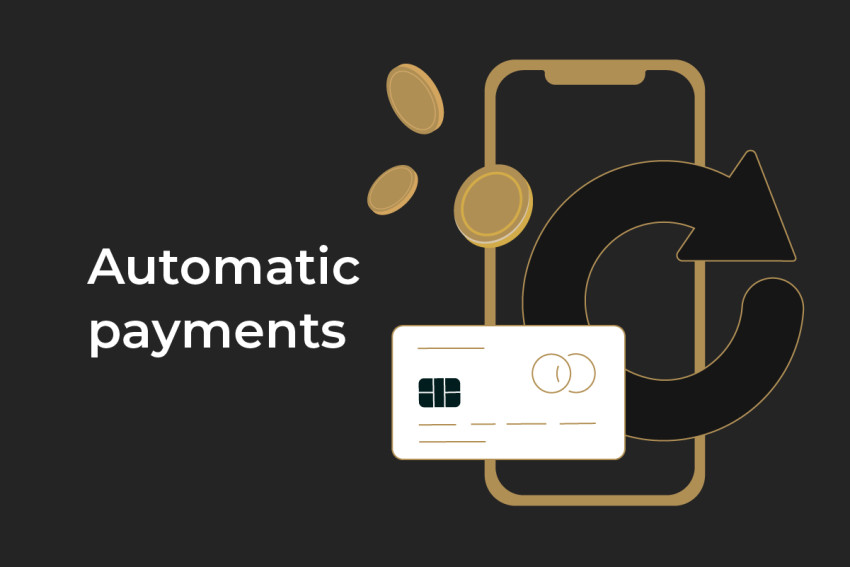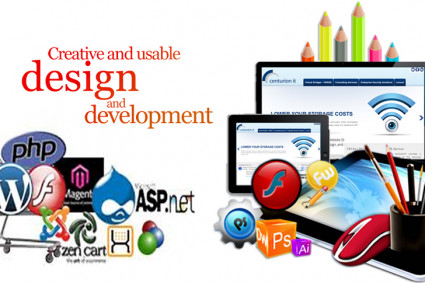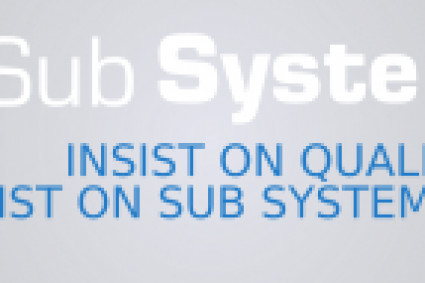
The subscription economy has gone through a challenging period both during and after the pandemic. While some businesses—particularly those in the SaaS and entertainment sectors—have had a tremendous growth spurt, others have encountered more obstacles than possibilities.
One thing is certain in this complicated situation: as the subscription business model gains more and more traction, companies will face more difficulties because of escalating competition and subscription fatigue.
More than half of consumers surveyed, according to research by The Kearney Consumer Institute, stated they would like to pay less than $50 per month for subscriptions. This is true even though statistics at the national level indicate that they are probably paying at least 40% more on membership payments.
How, then, can your subscription business continue to benefit from the subscription experience? by continuously enhancing the value of your subscription offers while meeting unheard-of expectations for flexibility, agility, data security, and compliance.
Payment automation is a vital component of this recipe for success.
Using laborious and onerous payment systems in this competitive environment can be the final nail in the coffin for your subscription business. We'll look at how payment automation affects the subscription economy and how it can support business growth in a fiercely competitive environment.
Payment Automation: What Is It?
Payment automation can be used to streamline the accounts receivable process in the subscription economy. It can be utilized for both accounts payable and accounts receivable procedures, minimizes manual labor, and increases processing speed and accuracy for payments.
Automating the payment process for invoices received from suppliers or vendors is known as accounts payable automation. Accounts receivable automation, on the other hand, automates the steps involved in collecting and handling payments from clients, including data gathering, authorization, document storage, and invoice production.
Positive aspects of automated payment processing
Recurring payments linked to subscription billing cycles can be carried out quickly, securely, and without mistakes or delays thanks to automated procedures. As a result, there is no longer a need for human involvement, saving time and lowering the possibility of errors.
Automation can also be used for payment-related operations including invoicing, verification, and reconciliation, which lowers costs and boosts efficiency and compliance.
How Do Automated Payment Systems Operate?
SaaS tools are frequently used in payment automation to plan seamless payment processing from beginning to end. The steps are as follows:
1. Data gathering
Payment information is gathered and recorded during data capture, which is the first step in the process.
There are numerous ways to accomplish this. You may check out using,
Checkout pages integrated into already-existing websites or mobile applications
Pages for hosted payments
API-integration
Your customer's sensitive payment information is encrypted and safely led to the payment processor when a reliable payment gateway is representing your business at all times.
2. Permission
The payment authorization process starts when payment data has been captured.
Verifying the legitimacy of the payment and the customer's availability of funds is known as payment authorization. You may safely take online payments by integrating a strong payment gateway with your subscription management software.
3. Billing and Payment Processing
Payment processing and recording are possible after payment authorization is finished.
The payment processor automatically charges the customer's preferred payment method at the beginning of the billing cycle. This includes verification through an automated clearing house, or ACH. It is necessary to verify and securely preserve the recipient's bank account information before a virtual transfer of funds from one account to another.
The next step is to create an invoice or receipt, send it to the customer, and record the payment in the accounting system. The invoices are automatically created and saved for inspection at the proper point in the billing cycle. Prior to sending the invoice to the customer, any discrepancies can be reported for manual inspection.
4. Reconciliation of Payments
Reconciliation of payments can also be automated, to finish.
To ensure that all payments are appropriately recorded in the accounting system, payment reconciliation entails comparing received payments to unpaid invoices. Companies can decrease errors and increase the accuracy of their financial records by automating this process.
The Advantages of Automated Payments for Subscriptions
By enhancing recurring billing, payment automation has had a profoundly positive effect on the subscription economy. The advantages include some of the following.
1. Remove Invoicing Delays and Errors:
Invoices can be dynamically tracked and created based on consumption with a vendor's assistance that specializes in subscription management and billing automation. This guarantees that the bills are precise, transparent, and customized to the customer's particular needs.
Costs associated with processing invoices can be cut in half by automating the process. It also means that there are no issues with missing, incorrect, or unclear invoices that could irritate customers and cause churn.
2. Faster Approval Times:
Automation enables businesses to batch-send all invoices that are ready for payment. When determining whether to accept or reject a payment, automation technologies can automatically evaluate payment information such the customer's payment history and account balance.
Automation enhances workflows, enabling finance teams to view all paid and unpaid invoices in one location. Companies might be able to pay approved invoices in minutes rather than hours with quicker reconciliation and approvals.
3. Increased Fraud Security:
Payment automation offers a safe environment for processing payments, shielding both the company and the client from the possibility of fraud or data theft. Multiple mechanisms are in place to achieve data encryption and secure payment gateways. Modern tools for fraud detection and prevention, such as 3D verification, are among them.
4. Better Accuracy
Automation of payments lowers the possibility of errors, resulting in timely and accurate payment processing. To increase customer retention, this is crucial. Due to the delicate nature of this business activity, one bad transaction experience can cause customer attrition.
5. Lower Cost:
Automation of payments reduces operational costs since it:
Increases productivity by removing manual processes like data entering and
Manual balancing
Processing payments requires fewer resources.
Increases the precision of payments made
Enables companies to use less expensive payment options
6. Enhanced Client Experience:
Automated payments offer customers a simple, hassle-free, and convenient payment experience, boosting client satisfaction and encouraging client retention.
For subscription organizations wishing to manage regular payments and optimize financial processes, payment automation is a potent tool. Businesses can increase productivity, security, accuracy, and customer satisfaction by automating operations linked to payments.
Work 365 is a Azure subscription management platform for Microsoft partners and software vendors to streamline recurring revenue.





